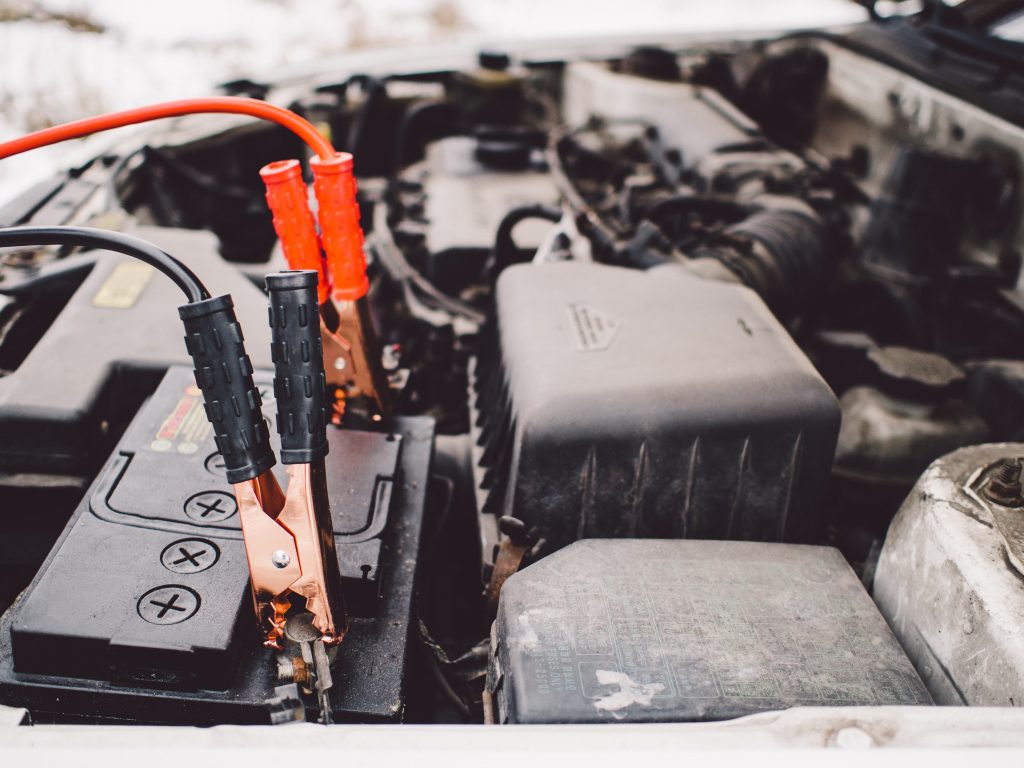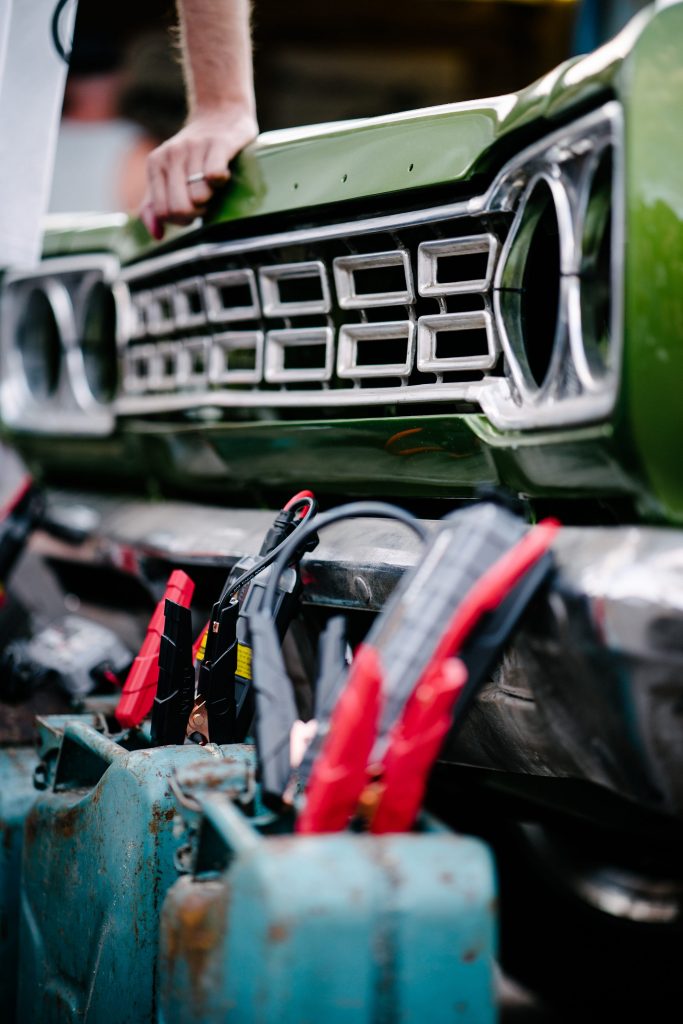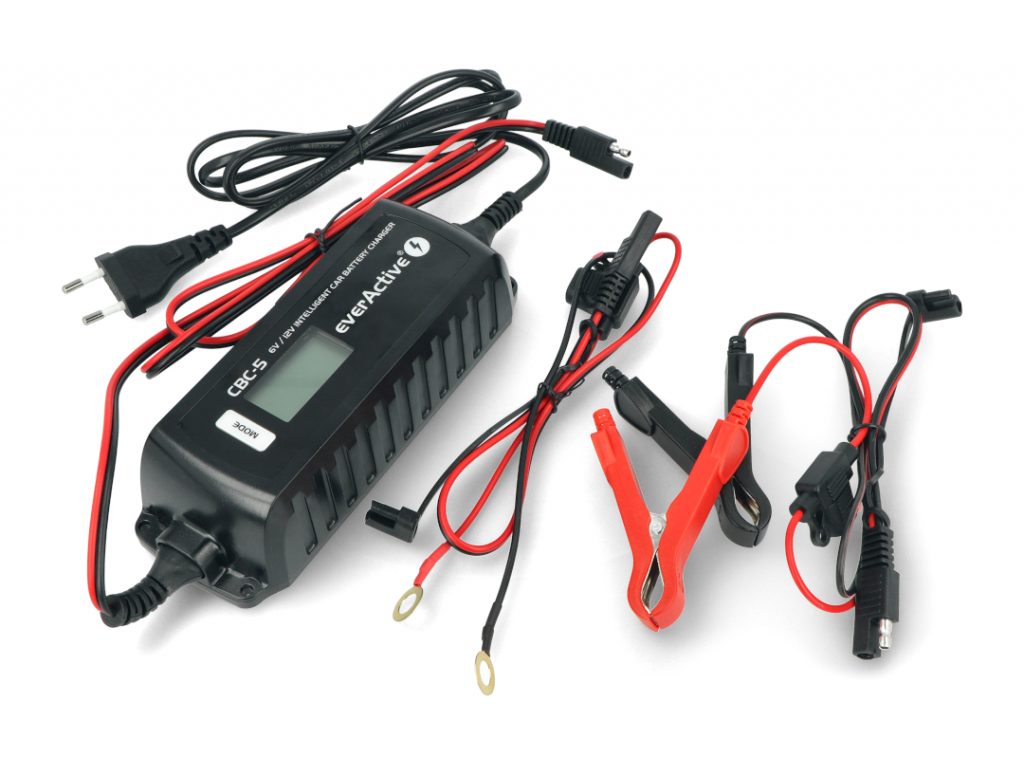Spis treści:
Although the general design and principle of operation of automotive batteries has remained practically unchanged for several decades, some innovations have also been introduced to this product group. Formerly used lead-acid batteries with liquid electrolyte – refilled manually by users and causing many inconveniences – were finally replaced by more modern gel batteries (so-called maintenance free), where liquid acid was replaced by cross-linked gel, allowing to close battery chamber already at production stage and eliminating risk of electrolyte spillage after accidental tilting of battery case. Another variant of “large” automotive batteries (and not only, as they are also used in electronics, e.g. in buffer power supplies for alarm systems, UPS, or telecommunication systems) is AGM technology – in this case the electrolyte is “trapped” between the electrodes in the pores of a special spacer made of glass mat.
While the technical and performance characteristics of modern lead batteries are incomparably better than those of old liquid electrolyte batteries, maintaining their good condition and full capacity over a long period of time requires proper charging – in this article we will look at the most important principles of this process.
Correct charging of lead batteries
The “home-made” methods of charging car batteries used in the past, based on a transformer, a bridge rectifier and a simple current limiter in the form of a series bulb or a heater, should now be treated with a nostalgic smile – despite their excellent parameters, modern batteries can be easily damaged, especially by deep discharge or overcharging.
Therefore, a modern battery charger is most often based on a microcontroller that controls the charging process in a way that makes it possible to “salvage” some of the capacity lost through wear and tear during intensive cycling, or even to maintain the maximum capacity by supplying a small current, called trickle charging in the literature. It is very important to precisely limit the voltage (lead batteries have a well-defined voltage dependence on the level of charge) and the current (to avoid damaging the battery if charging starts at too deep a discharge).
Charging the car battery at the house and on the road
Of course, there are emergency methods of charging in critical situations – probably every motorist knows how to charge car battery with starter cables, although in fact, method using energy lent by other driver should be limited only on starting engine, after which battery will be charged by “own” alternator already during normal drive.
It is worth remembering, however, that in order to ensure long-term operation, such methods should be resorted to only in really emergency conditions, and regular maintaining of capacity (especially in winter) should be made by means of a specialised charger with mains power supply. Current models of such devices are equipped not only with sophisticated microprocessor controllers, but also with digital displays presenting the most important charging parameters.
Which car battery charger?
In order to present the differences and similarities between different models of car battery chargers, we will use – as examples – selected products available in the Botland shop. The simplest model, intended for basic applications, is the Sthor 82544 charger, equipped with a simple LED battery status indicator and two physical switches, allowing the selection of voltage (6 or 12 V) and indicative capacity range (and thus – indirectly – also charging current).
The Blow 6-amp charger already has support for a three-stage charging method: after an initial DC charging phase, the device switches to constant-voltage mode and then charges the battery with 100 mA to reduce the risk of overcharging.
The EverActive CBC-5 advanced automatic charger, on the other hand, offers five stages: after initially measuring the battery voltage to identify it, the unit begins charging with a constant current, then enters constant-voltage mode, and waits until the programmed final voltage (equal to 14.4 . 14.8 V for a 12-volt battery or 7.3 V for a 6-volt battery). At the end of the basic charge, the device monitors the voltage and, if necessary, recharges the battery to maintain the correct capacity level.
How useful was this post?
Click on a star to rate it!
Average rating 0 / 5. Vote count: 0
No votes so far! Be the first to rate this post.









